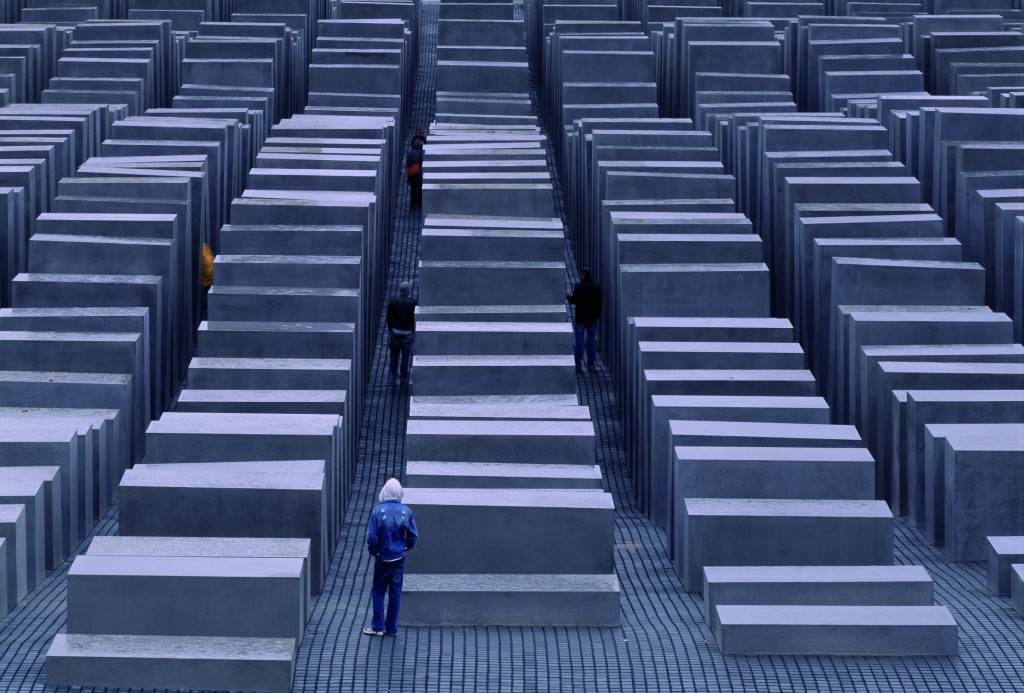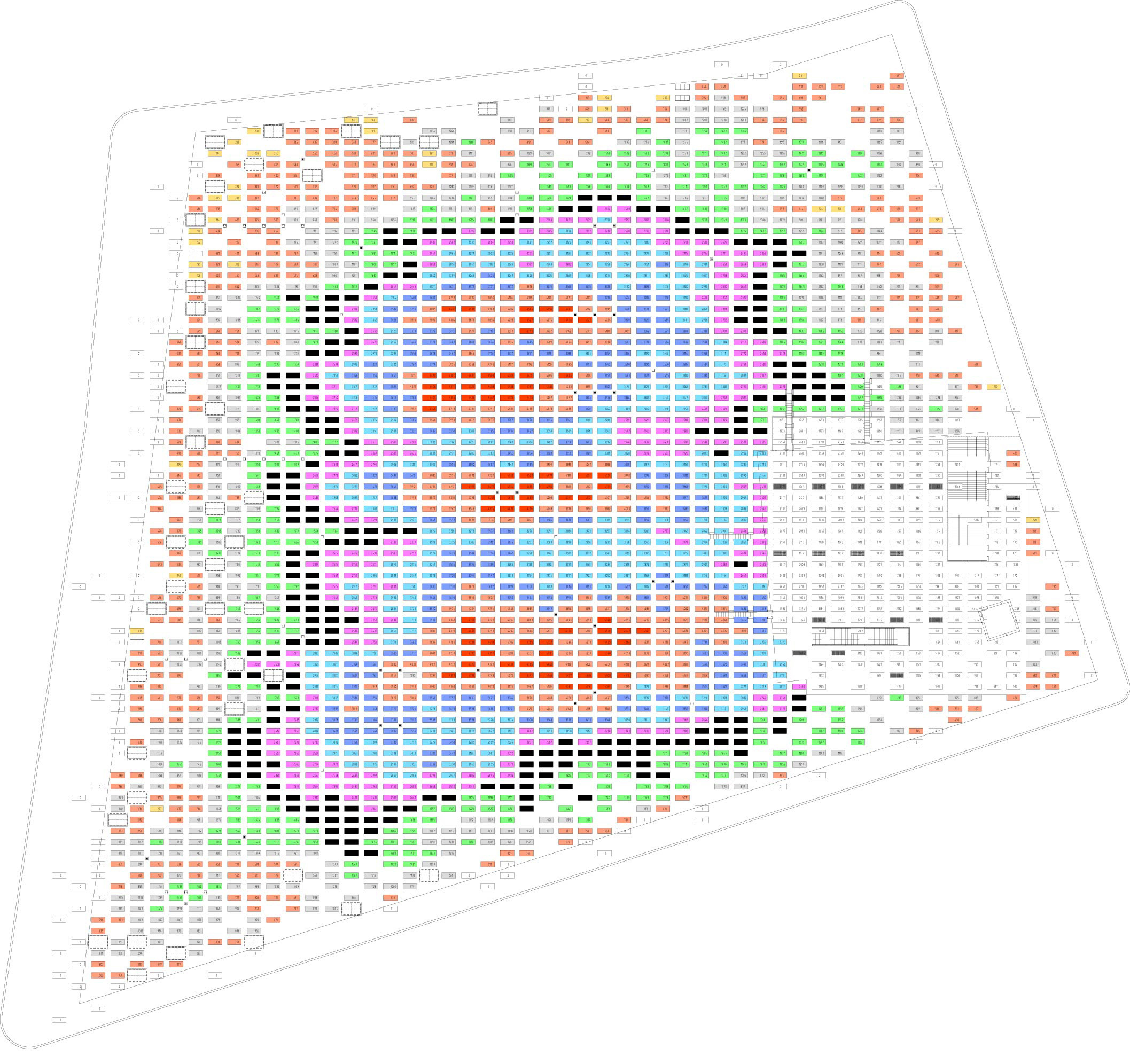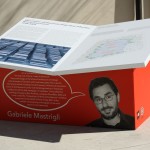The monument to the Murdered Jews of Europe in Berlin by Peter Eisenman must be pointed out as one of the most significant works in this first period of the new millennium not so much as it represents a crucial turning point in the career of one of the most important architects of the twentieth century, but rather due to the fact that it personifies that transition relating to an attitude that is still modern – that despite everything it still characterises the most part of contemporary architecture – leading towards another form of architecture. In fact, if on one hand it takes us back, in virtue of his programme, to the conceptual heart of the twentieth century, on the other, its inoperability in architectural terms is immediately reported. Modern architecture was born, with Adolf Loos, as both tomb and monument. Eisenman’s work is compared, in fact, with the impossibility of this duty in light of chilling, inexpressible “enormity of the banal” represented by the tragedy of the Holocaust and, at length, with the effects of the World War, right up to Hiroshima.
But there’s more. In the Berlin monument such excess emerges not as an exception, but an aspect of that alienation built into the modern human condition. «Nothing of what is considered human must outrage us» sustained Adorno. The unimportance of death is the other face of the unimportance of living. It is in modernity that there are mass deaths because mass society exists. Therefore with its grid consisting of 2700 concrete stelae which are about a metre wide, a little less than two and a half metres deep and its height measures between zero and four metres, the monument is, implicitly, an urban structure, the individual and collective dimensions of which are associated with each other without ever coming to a conclusion: a model of a city without squares, nor monuments, made only of roads that allow the transit of only one person and that do not lead anywhere; in fact it is an anonymous, anti-monumental non-city, it is even out of scale, that one can appreciate only by entering and passing through it without really knowing for what reason.

In the era in which collective memory is increasingly and massively reduced and sorted out into data and images, Eisenman’s monument refuses any iconography of memory in order to let it emerge as an individual experience of the estrangement induced by the spatial device of the person who passes through it: an experience that prevents a person from “coming out” of the monument, or rather of referring to nothing else but him/herself, therefore re-establishing as a positive architectural value only the relationship with space by means of which one can question oneself on the sense of one’s existence in this world.
Gabriele Mastrigli


